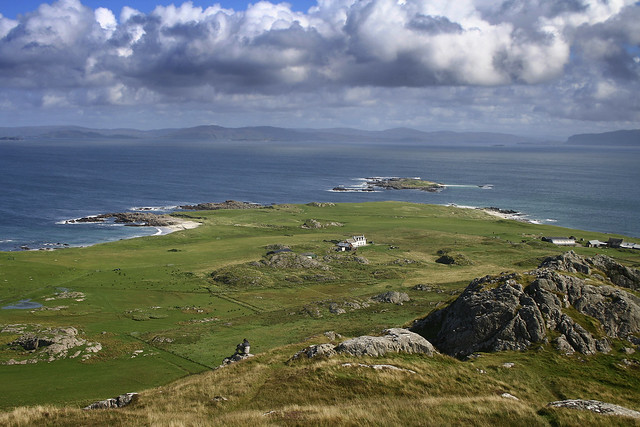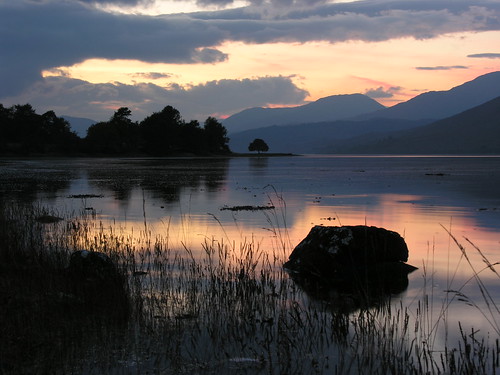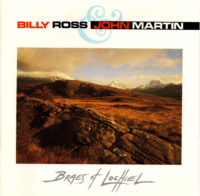 This week’s tune is a piece of port-a-beul (Gaelic mouth music) in reel time entitled Dhomhnuill a Dhomhnuill (or as I learned it: Donald Donald). I learned this from Gaelic singer, scholar and musician Michel Byrne when we played in The Big Squeeze Ceilidh Band together for many years.
This week’s tune is a piece of port-a-beul (Gaelic mouth music) in reel time entitled Dhomhnuill a Dhomhnuill (or as I learned it: Donald Donald). I learned this from Gaelic singer, scholar and musician Michel Byrne when we played in The Big Squeeze Ceilidh Band together for many years.
Realising I know very little about the song, I did a bit of online digging. The trustworthy TuneArchive project has a reel with the same title and some of the same phrases that comes from the Athole Collection (1884) and would appear to be a relative of our tune.
However, clarsach player Karen Marshalsay has recorded our version, which she says came from the Isle of Skye collector “Frances Tolmie’s 100 Songs of Occupation from the Western Isles”, which was published in 1911. There is more on the background of Frances Tolmie and her work on this web page on the Gaelic Literature of the Isle of Skye. This would suggest the song and tune come from the Isle of Skye, which is as I remember it, but I’ll check with Michel.
This recording is from the Edinburgh International Harp Festival in 2004.
Michel sings this in Bm/D, which brings about a top D in the B part, so the resources are for a setting transposed to Em/G. There are few places to decorate, although cuts and rolls can be used along with the casadh.








